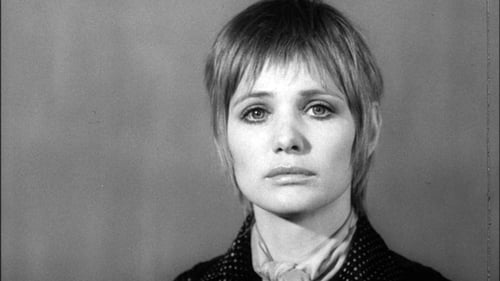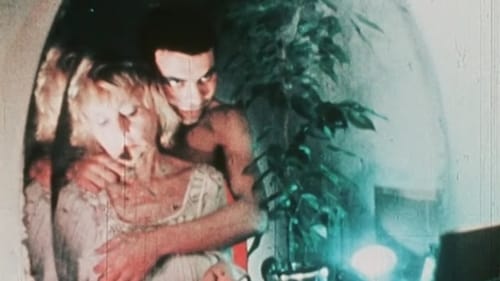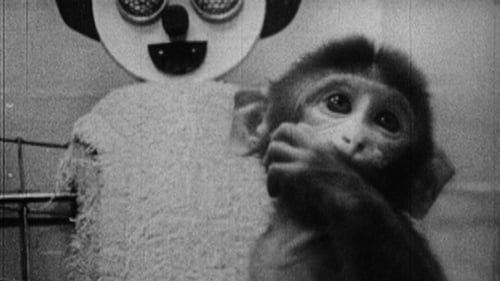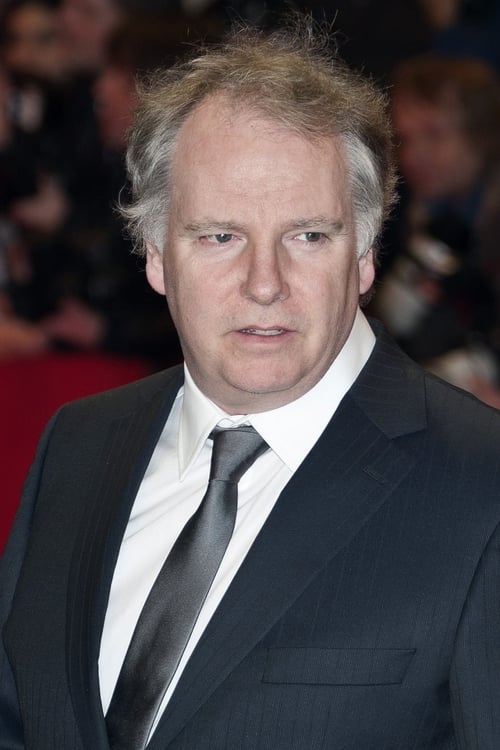The Little White Cloud That Cried (2009)
장르 :
상영시간 : 13분
연출 : Guy Maddin
시놉시스
The Little White Cloud That Cried, made in tribute to underground filmmaker Jack Smith, and described as: “Goddesses unharnessing the power of the sea and putting it into a whole new element as they engaged in orgiastic battles and whoopla.” —cinematical.com

Bound together by the voice of Lamont, a young black man pushed by the constant surveillance of his everyday life to discover the real power is off-screen. Lamont uncovers a living and breathing New York City with his new found power. At the same time, actress Iris refusal to die in an audition spurs her to get out of the pretentious grind of being in. She becomes the focus of Lamonts camera as he follows Iris into her psychological descent, while her roommate Mira, is desperate for fame no matter the price.

Nico is an ethereal poet haunting the gaps between scenes of Jean-Pierre Kalfon, Bulle Ogier, Laurent Terzieff, and Garrel’s father, Maurice, discussing the filmmaker’s staple topics: love, psychoanalysis, and the failures of May ’68.

Detruisez-vous is a ‘primitive’ film which breaks all the rules of film-making. It’s the first Zanzibar film (and predates the very naming of the movement), an attempt to make a film which defies the rules of production, the production line of commerce

Anna, an artist, is obsessed with the invasion of alien doubles bent on total destruction. Her schizophrenia is reflected in the juxtapositions of long movie camera takes with violently edited montages: private with public spaces; black & white with colour, still photographs with video, earsplitting sounds with disruptive camera angles. Anna uses her body like a map; after a devastating quarrel with her lover, she paints red stitches on herself. Watching their scenes together, we realize how seldom, if ever before, the details of sexual intimacy have been shown in film from the point of view from a woman. Export privileges rupture over unity and never settles for one-dimensional solutions

First screened as part of Jacobs' "Nervous System" film performance, The Georgetown Loop is based on an archival film from 1903, which Jacobs pairs with its mirror double to produce a kaleidoscopic two-screen projection. The original film depicts a journey shot from the cab of a train passing through the Colorado Rockies, and, in this hypnotic new form, comes to suggest the movement of consciousness itself.

A survival, silent black & white film shot with a hand camera, a journey into Philippe Garrel's intimate family album featuring the two women who counted in his cinematographic life: Nico and Zouzou.

Alaska is a wordless experimental film with a simple, droning soundtrack that sounds as if it is a piece for violin and refrigerator hum.

Vocal Parallels is a surreal, impressionistic concert of classical opera pieces performed by several retired Soviet opera divas: Roza Dzhamanova, Araksiia Davtian, Bibigul’ Tulegenova, and the late Erik Salim-Meriuert (Kurmangaliev), a fantastic countertenor.

300 kilos of heroin have disappeared in Necrocity, a city of terror—a city of night—where Captain Speed has a gang and the government hides the dead. An experimental crime film considered to be a landmark of Parisian underground cinema.

A collection of inserts from B-movies, edited according to a structuralist scheme. The latent meaning of purely functional film language released through isolation and interposition. Preserved by the Academy Film Archive in 2010.

A film by Pat O'Neill

“Aleph” is an artist’s meditation on life, death, mysticism, politics, and pop culture. In an eight-minute loop of film, Wallace Berman uses Hebrew letters to frame a hypnotic, rapid-fire montage that captures the go-go energy of the 1960s. Aleph includes stills of collages created using a Verifax machine, Eastman Kodak’s precursor to the photocopier. These collages depict a hand-held radio that seems to broadcast or receive popular and esoteric icons. Signs, symbols, and diverse mass-media images (e.g., Flash Gordon, John F. Kennedy, Mick Jagger) flow like a deck of tarot cards, infinitely shuffled in order that the viewer may construct his or her own set of personal interpretations. The transistor radio, the most ubiquitous portable form of mass communication in the 1960s, exemplifies the democratic potential of electronic culture and may serve as a metaphor for Jewish mysticism.

Free-associative images are juxtaposed with disorienting poetry in Richter's late work. The film is visual dynamite: Upside-down and reversed footage, play with shadows and light, billiards and dice and balloons-- suggestive and surreal images. Tenets of Dada writing, such as games of chance, punnery, wordplay and loud nonsense noise are foist upon the viewer as Dada poems are read / performed by their orignal authors.

"만사형통"이 개봉된 직후 고다르와 고랭은 하노이를 방문한 제인 폰다가 베트남 공산주의자들에게 둘러싸인 보도사진을 잡지에서 발견하고 제인에게 편지를 쓴다. 몇 장의 사진과 제인에게 보내는 편지를 읽는 두 감독의 보이스오버만으로 이루어진 이 영화에서, 고다르와 고랭은 진실과 이미지의 왜곡된 상관관계를 폭로하며 지식인과 혁명의 관계에 대한 질문을 제시한다.

Experimental film with desert scenes in which optical printing is used to achieve unusual effects.

An examination of the history of the U.S. through archival footage and contrasting views of society, incorporating audiovisual material ranging from political campaign films to animated cartoons to children’s phonograph records, featuring Al Jolson, Mickey Mouse, the young Jack Smith, and a half-dozen American presidents.

An experiment into what the director termed 'colour rhythm'.

Analogies: Studies in the Movement of Time uses a variety of multiple screen formats to create an intriguing series of visual riddles. The film consists of a series of simple camera movements that are rendered "diachronically"- several different aspects of the action are presented on the screen at once. By playing with time delays between these images, new kinds of space, action, gesture, and temporality have been found. Generated from structural principles, the film is both lyrical and sensual and provokes a new understanding of time and cinema.

A reworking of an earlier film, Institutional Quality, in which the same test was given. In the earlier film, the person taking the test was not seen, and the film viewer in effect became the test taker. The newer version concerns itself with the effects of the test on the test taker. An attempt is made to escape from the oppressive environment of the test — a test containing meaningless, contradictory, and impossible-to-follow directions by entering into the imagination. —Canyon Cinema

Utilising an apparently new-found obsession with the colour red and reinvigorating some of the circular imagery of A Man and His Dog Out for Air and 69, Breer delves into the very basis of animation to explore how a variety of easily recognisable objects can be portrayed and manipulated differently using pixillation and classically drawn animation. -Malcolm Turner






